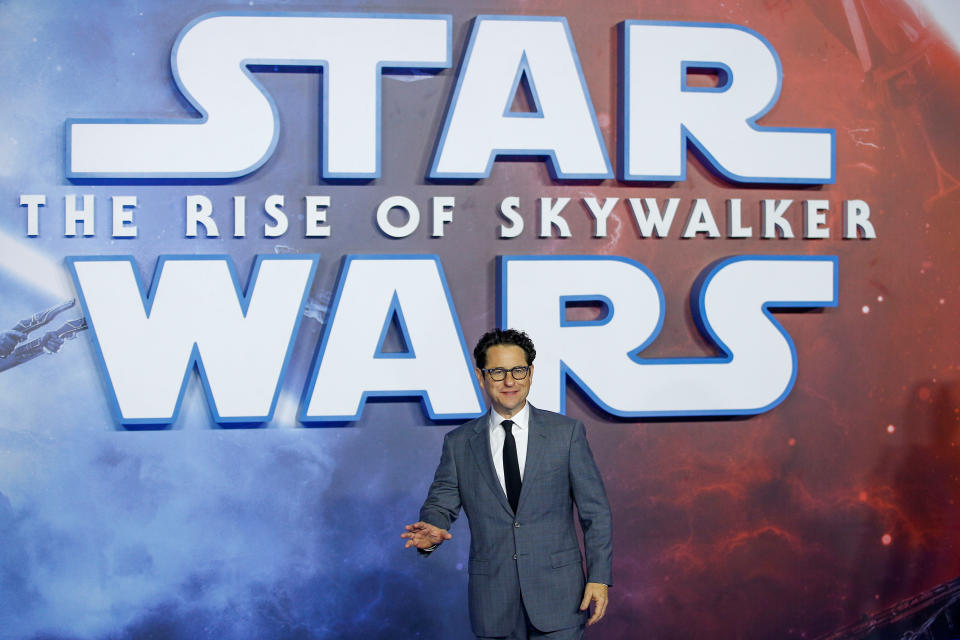JJ Abrams will learn from the poor response to ‘Star Wars: The Rise Of Skywalker’

J.J. Abrams has promised to learn from the tepid response to Star Wars: The Rise Of Skywalker, while also insisting that his aim with the final installment to the saga was merely to make audiences feel good.
According to Variety, Abrams made this declaration on Thursday at the 2020 Upfront Summit in Los Angeles, where he was discussing his decision to bring more diversity to the Star Wars franchise.
But arguably the most illuminating aspect to Abrams’ comments were his acknowledgement that The Rise Of Skywalker didn’t please a lot of viewers, and his vow to “examine” and learn from the experience.
Read More: Colin Trevorrow confirms that the leaked Star Wars IX artwork is the real deal
“The truth is that these are things that are meant to entertain people, to make them feel something and hopefully make them feel good.
“Obviously, it doesn’t always work. It’s hard when it doesn’t, and when it doesn’t, you have to understand it, you have to acknowledge it, you have to examine it.”

Star Wars: The Rise Of Skywalker was met with a tepid response from critics, so much so that it only amassed a score of 52% on Rotten Tomatoes. The critical consensus on the website said that the film “suffers from a frustrating lack of imagination, but concludes this beloved saga with fan-focused devotion.”
Abrams and Bad Robot co-CEO Katie McGrath are at least proud of the fact that they made the galaxy far, far away much more diverse with both The Force Awakens and The Rise Of Skywalker.
Read more: Kennedy on why Trevorrow was ousted from Star Wars 9
“In the earliest stages, we talked about, ‘If we have this moment, this privilege, what do we want to do with it?’ And not from a place of being preachy or feeding people spinach,” recalled McGrath.
“Just from a place of — any time you have a privilege, you have an obligation, period. That’s just how we try to live our lives.”
“[We] thought about building this story with the female protagonist, a set of four main characters: One of whom was Latinx, one of whom was a Nigerian Londoner, one of whom was a woman — a white woman — and one of whom was a white guy. How can we find a way to have every kid who’s going to go see that movie see a version of themselves, in a way that isn’t often considered at scale?”

 Yahoo Movies
Yahoo Movies 
